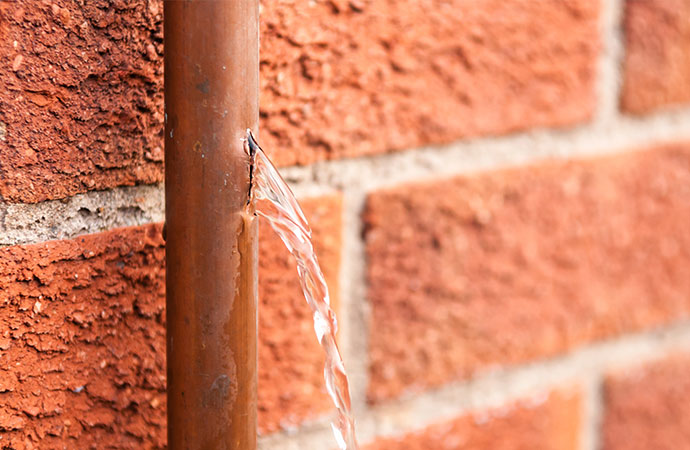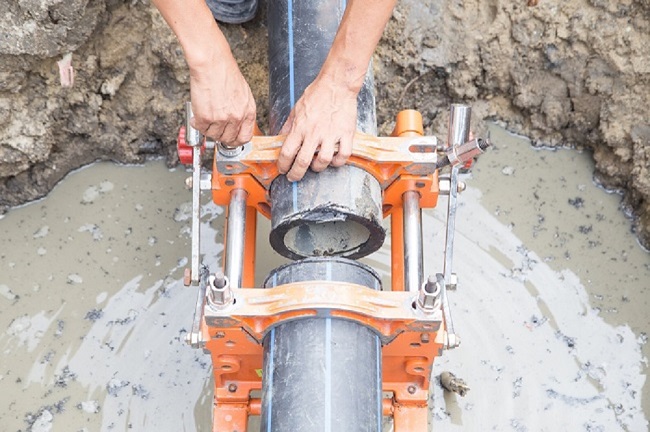Quick-Response Plumbing: Tips for Identifying and also Repairing Burst Pipes
Free QuoteRight here below you might get lots of decent additional info regarding What to Know Before Installing a Dishwasher.

A ruptured pipe is a major emergency; you can just stand as you enjoy water you pay very much to reunite with the planet. In even worse situations, you notice a swimming pool on your kitchen area floor, which is a wonderful journey risk, specifically if you have kids around. If the pipe that ruptured remained in your walls, trouble: you might need to paint that whole section.
Just how can a catastrophe like a burst pipeline be stopped and taken care of? Well, by paying attention to your expert emergency plumbing professionals as well as following these policies.
How do I recognize when my pipes have ruptured?
Changing water pressures
Pipelines do not just burst in a day. You might have discovered that your kitchen faucet or shower doesn't run promptly when you turn the tap. It may stop briefly for a couple of seconds and then blast you with even more force than normal.
In various other instances, the water might seem normal in the beginning, then decrease in pressure after a couple of seconds.
Damp wall surfaces as well as water discolorations
Before a pipeline bursts, it will certainly leak, a lot of times. If this persistent dripping goes undetected, the leak might graduate right into a vast laceration in your pipeline. One simple means to avoid this emergency is to watch out for damp walls advertisement water stains. These water spots will certainly lead you right to the leak.
Puddles under pipelines and also sinks
When a pipe ruptureds, the discharge forms a pool. It may appear that the pool is expanding in size, as well as despite the number of times you wipe the pool, in a few minutes, there's an additional one waiting to be cleaned. Typically, you might not be able to trace the puddle to any type of noticeable pipes. This is an indication to call a specialist plumber.
Untraceable trickling noises
Pipeline ruptureds can occur in one of the most undesirable places, like within concrete, inside walls, or under sinks. When your home goes quiet, you may be able to listen to an aggravatingly relentless dripping noise. Also after you have actually checked your shower head and kitchen area faucet, the trickling might continue.
Dear visitor, the leaking might be originating from a pipeline inside your wall surfaces. There isn't much you can do about that, except tell a professional plumber.
Turn off the Water
When water ices up, it increases in quantity by about 9 percent. And it expands with remarkable pressure: The stress inside pipelines might go from 40 extra pounds per square inch to 40,000 psi! No pipeline can hold that much stress, so it bursts. The break may occur where the ice forms, but more often, it happens where water pressure discovers a vulnerable point in the pipeline. That might be inches and even feet from the icy area. Discover the water shutoff valve as well as shut off the water to avoid more damage. You may likewise need to turn off the electrical energy also, depending upon where the leakages happens as well as exactly how huge it is.
Polluted water
Lots of people presume a burst pipe is a one-way outlet. Quite the contrary. As water spurts of the hole or wound in your plumbing system, impurities locate their method.
Your water might be polluted from the source, so if you can, check if your water tank has any troubles. Nonetheless, if your alcohol consumption water is supplied and purified by the local government, you must call your plumber right away if you see or smell anything amusing in your water.
What do I do when I detect a ruptured pipe?
Your water meter will certainly remain to run also while your water wastes. To reduce your losses, find the major controls and also transform the supply off. The water mains are an above-ground structure beside your building.
How to Fix & Detect a Leaking Pipe
How Do I Know if a Pipe is Leaking?
Leak detection tests can help you determine if your pipe has a leak. Even if you don’t see an apparent leak, you should still conduct leak detection tests regularly to save water and money—and prevent major damage to your home.
Water meter. It can be helpful to figure out what your usual water meter usage numbers are and then monitor them regularly. To monitor your meter, first, turn off all water faucets in your home. Check the meter and write down the numbers. In a few hours, check the meter again. If the numbers have changed, you have a leak. Water gauge. Use a water gauge to test your water pressure. Your showerhead should produce a certain amount of water pressure based on its model and design. If the pressure is lower than it is supposed to be for that specific showerhead, your home likely has a leak. Puddles. Look inside your bathroom, laundry, and kitchen sink cabinets. Puddles around the cabinets or around toilets, tubs, showers, and washing machines indicate the presence of a leaking pipe. You may also notice loose tiles, peeling or flaking paint, or mold caused by water accumulation. Napkin test. Even if you don’t see any puddles, you may still have a leak. You can test for water leaks in the bathroom, laundry, and kitchen by wiping below-sink connections with a napkin, paper towel, or piece of toilet paper. If it becomes damp, you probably have a leaking pipe under the sink. Discolored walls. Walls that are discolored—usually with brown or yellow stains—or bulging might mean that they have been impacted by water damage caused by a leaking pipe. Smell. A leaky pipe will create sitting water, and over time, that water may develop a musty smell. If your home smells musty, but you can’t locate the source, it may be due to a leak. Steps for Fixing a Leaking Pipe
A leaky drain can be remedied by tightening the pipe base, replacing the drain seal, caulking the rim, and tightening the pipe nut. Similarly, a leaking toilet pipe can be treated by tightening the packing nut. You may also need to replace the valve. A leaky faucet may just need tightening or replacement of the washers. If that doesn’t work, consider replacing your faucet. If your pipe has a hole in it, you may want to use a pipe leak sealer or pipe leak tape. This quick fix for water pipe leaks can also temporarily fix a copper pipe leak. https://www.ahs.com/home-matters/quick-tips/how-to-tell-if-pipes-are-leaking/

I recently found that piece on How to Install and Connect a New Dishwasher when doing a search on the internet. If you please set aside a second to promote this blog entry if you appreciated it. Thank-you for taking the time to read it.
About This